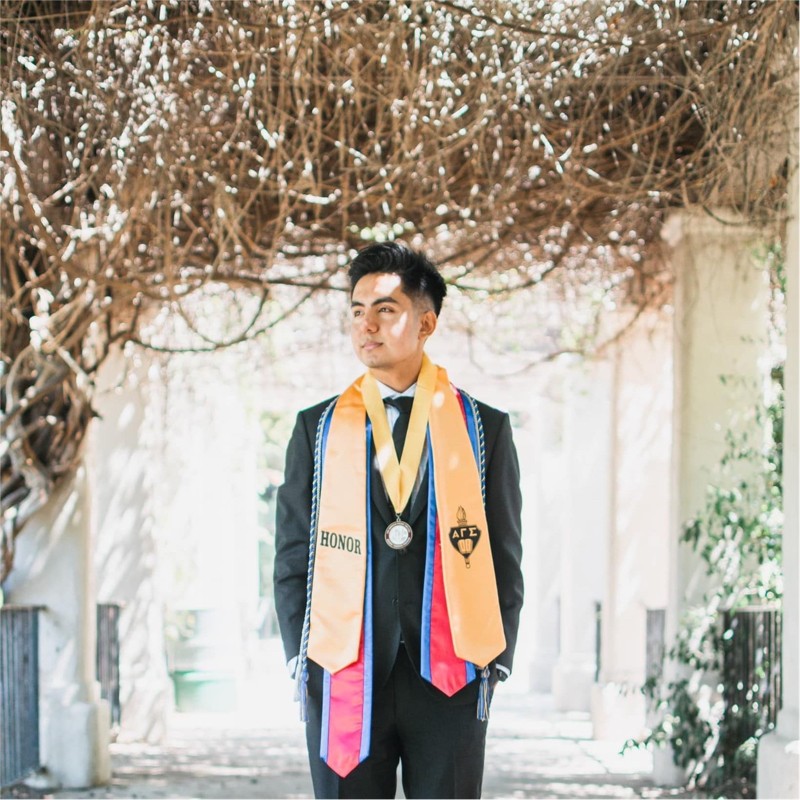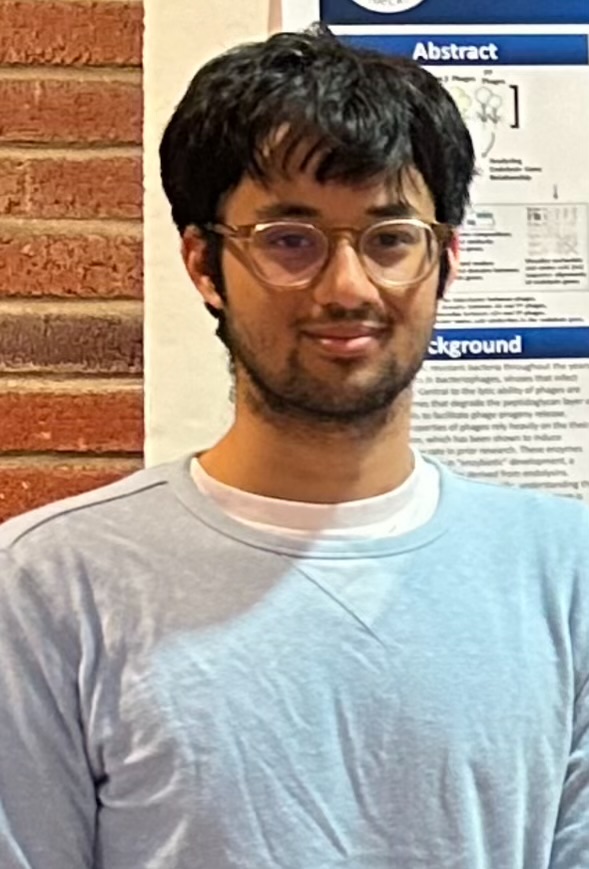Below is a summary of the abstract you submitted. Presenting author(s) is shown in bold.
If any changes need to be made, you can modify the abstract or change the authors.
You can also download a .docx version of this abstract.
If there are any problems, please email Dan at dar78@pitt.edu and he'll take care of them!
This abstract was last modified on March 18, 2024 at 11:39 p.m..

The rise in antibiotic-resistant bacteria has increased interest in bacteriophages, viruses that infect and lyse bacteria during the past decades. Central to the lytic ability of bacteriophages are endolysins, enzymes that degrade the peptidoglycan layer of bacterial cell walls to facilitate phage progeny release. “Enzybiotics” prove to be a promising class of antibiotics derived from the endolysin enzyme. The present study sought to understand potential relationships between the endolysin genes of Arthrobacter sulfureus phages using bioinformatic tools for comparative analyses. The bacterial cell wall specificity of endolysin proteins highlights the importance of uncovering their potential role in host specificity. A. sulfureus phages were selected for this experiment as they are relatively understudied, with only 15 fully sequenced phages found on the PhagesDB database. They also enabled an analysis of genome and protein comparisons across different clusters FP, AX, and AZ4. Phamerator, GCS Heatmap, SplitsTree, and GEPARD dotplot showed low intercluster similarities of the endolysin gene across the three clusters. Amino acid sequence alignment, Interpro and CDD analyses in combination with AlphaFold revealed conserved endolysin construction and function between cluster representative phages BaileyBlu (FP) and Adaia (AX) but not JasmineDragon (AZ4). Findings indicate that endolysins of A. sulfureus phages exhibit diverse endolysin structures and functions that target different regions of the host peptidoglycan matrix. Our work provides valuable insights into the functional and structural characterization of endolysins for future work on enzybiotics.




